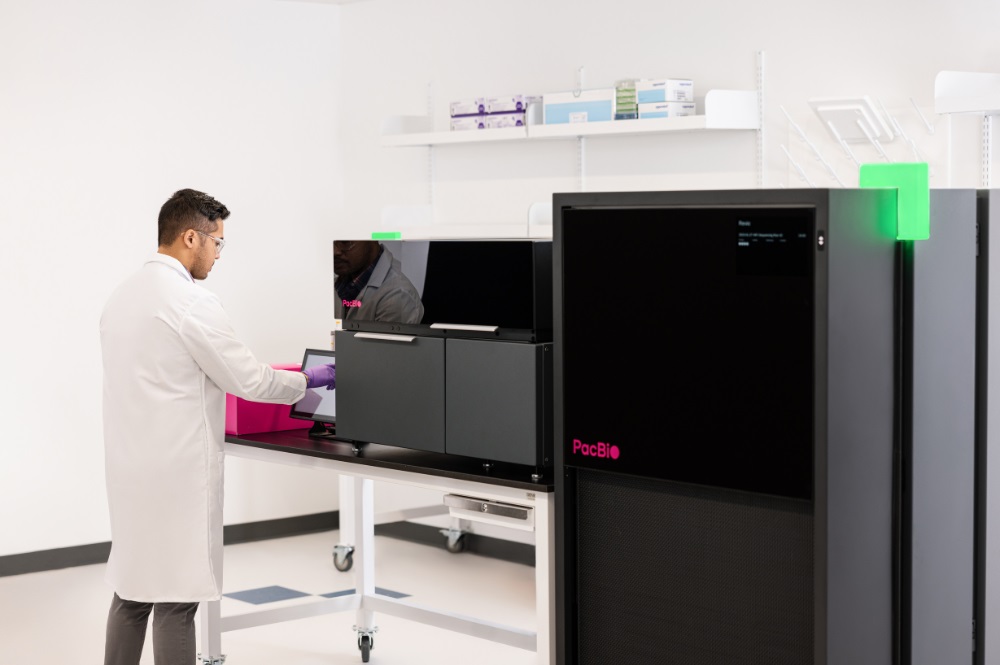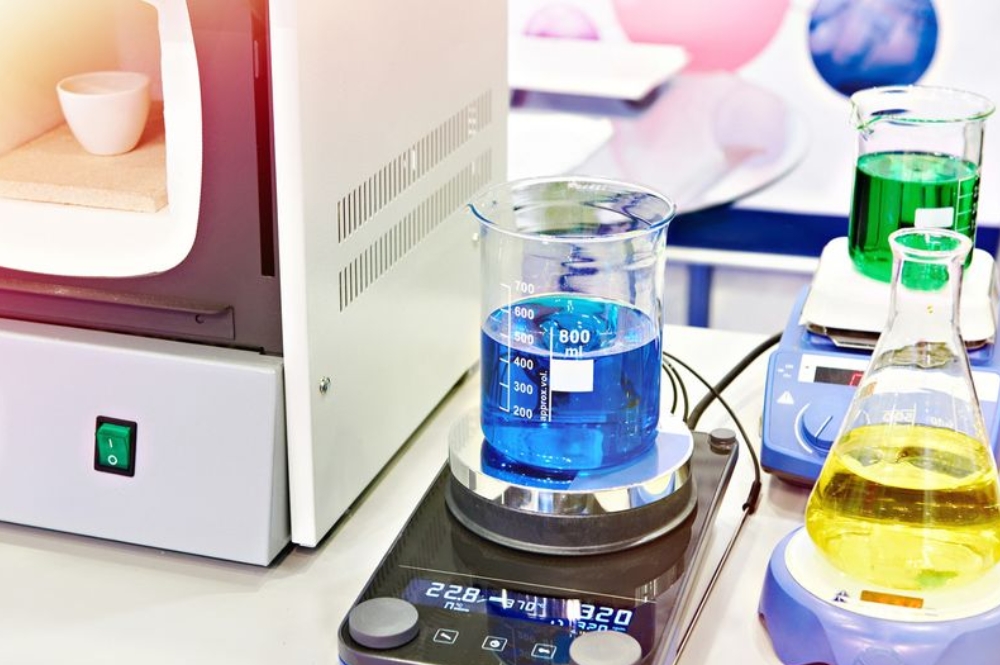This arises from the intensity of light scattered by particles depending on their size, as described by the Rayleigh & Mie theories. This means that in a sample with different particle size populations, not all size populations will be detected with the same sensitivity. This observation is significant when comparing DLS measurements that collects scattering data at different angles, especially for particles larger than 1/10th of the laser's wavelength. Beyond this size, particles will scatter light anisotropically. The difference in relative intensity as a function of scattering angle could mean that stronger scattering populations may be favoured versus weakly scattering populations. Hence, skewing of the PSD occurs as a function of scattering angle.
With the evolving landscape of nanotechnology and nanomedicine, there is a need for precise and higher resolution measurements to describe a sample’s PSD with better sensitivity. To overcome the limitations DLS experiences, Malvern Panalytical introduced Multi-Angle Dynamic Light scattering (MADLS) with the launch of the Zetasizer Ultra. This technology integrates the measurement process of classic single angle DLS, in combination with scattering angle information derived from Mie theory.
MADLS combines an automated series of three single-angle measurements : at 173º (back scatter), 90º (side scatter) and 13º (forward scatter). The result is a single PSD that is independent of scattering angle. It provides an increased resolution to multicomponent nanoparticle dispersions to obtain a more wholesome picture of the distribution, while still maintaining the speed and convenience DLS is renowned for.

Figure 1. Polar plots of light scattering, denoting complexity of scattering patterns as particle size.
In this study, we investigated a latex dispersion that displayed angular dependent scattering. Measurements at back scatter (173º, using Non-Invasive Back Scatter, NIBS) and side scatter (90º) angles were conducted, where both angles provided different Z-average & PdI values. A MADLS analysis was conducted to detect possibilities of the sample being multi-populate, and to obtain a result that has no dependence on scattering angle, thus diminishing any skewing or bias towards large particles.

Figure 2. Overlay of PSD obtained for Single Angle DLS conducted at 173º and 90º.
| |
173º |
90º |
| Z-average (nm) |
205.4 |
274.6 |
| Pdl |
0.076 |
0.056 |
Table 1: Particle size analysis results of the latex dispersion at back scatter (173) and side scatter (90)angles of scattering.
The single angle DLS shows that while the back scatter data collection provides a smaller Z-average, it however shows a wider distribution compared to side scatter angle. The side scatter angle limits the analysis as it reduces the dynamic range and the measurable volume of the sample. This causes a sensitivity to the presence of light scattering at higher relative intensities (i.e. larger particles). In contrast, backscatter using NIBS minimises the bias towards large particles that obscure light scattering from smaller particles, while also providing consistent results over a wider concentration range. This is achieved by Variable Measurement Positioning coupled with the back scatter angle, encompassing NIBS Technology.

Figure 3. Overlays of PSD obtained for Single Angle DLS conducted at 173 and 90 versus MADLS.
MADLS helped to improve the resolution of analysis by detecting different relative scattering intensities in the sample, thereby indicating that the sample contained a bimodal distribution of particles, with modes occurring at 86 nm and 220 nm. The discrepancies in results obtained from 173º and 90º come from there being different size populations within the sample. Detecting the 86 nm particles was critical for production of this sample as it relates to an undesirable byproduct of a reaction. Hence, with the use of MADLS, we obtained improved insight into all particle size populations present in the sample, as populations that may be weakly scattering at one detection angle, are revealed in the other detection angles, and brought into the combined-angle PSD.













